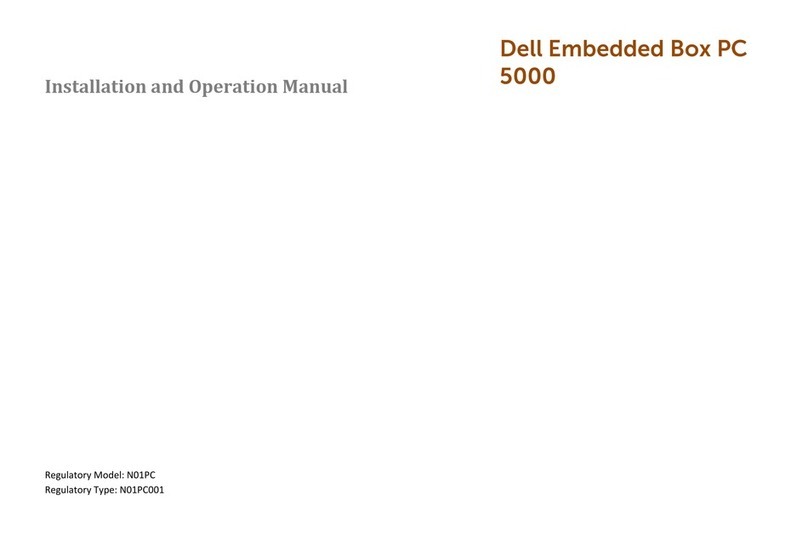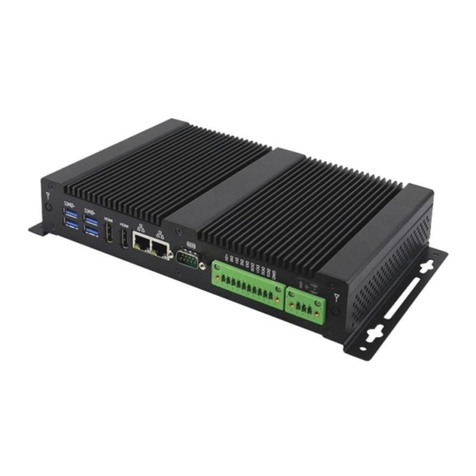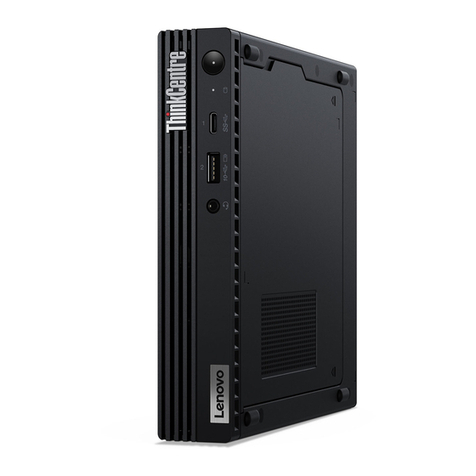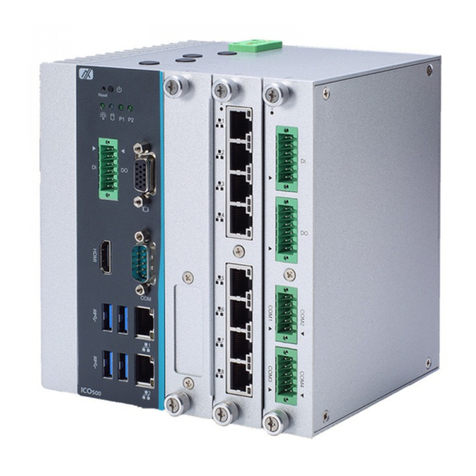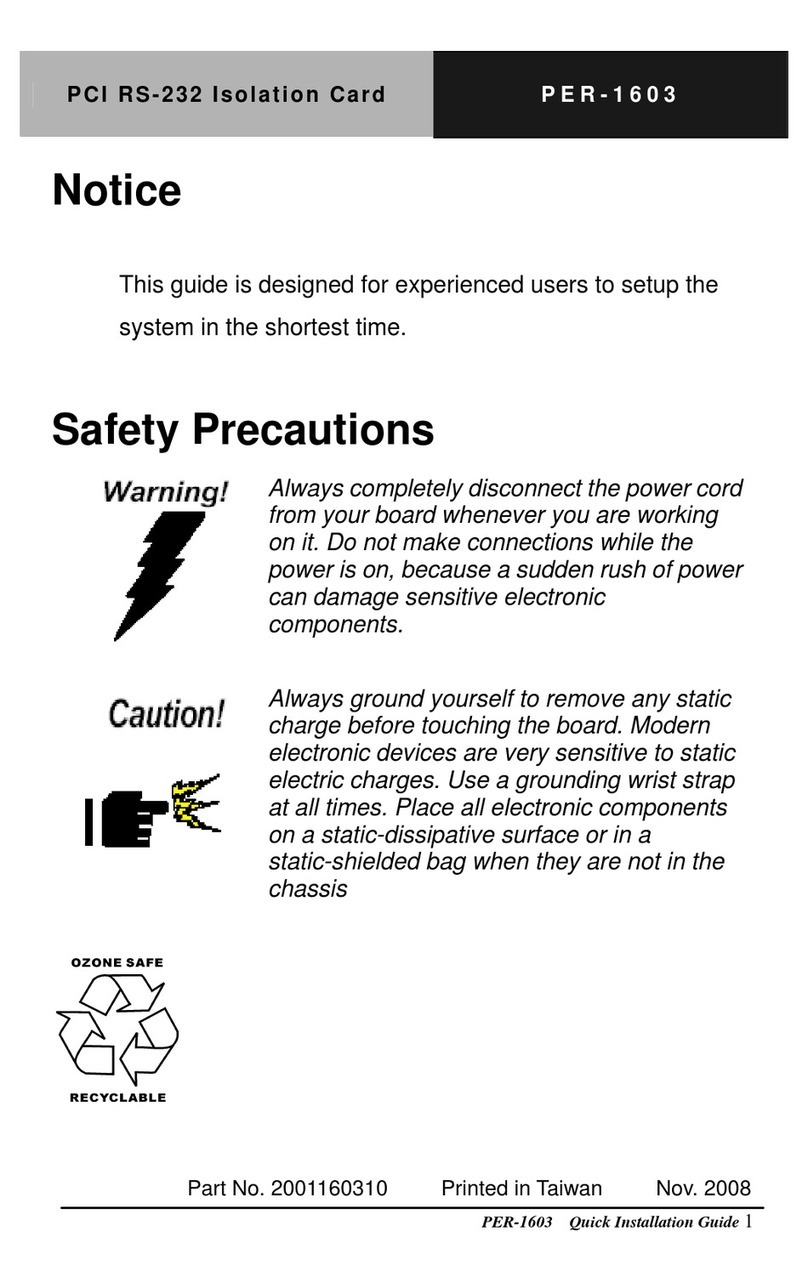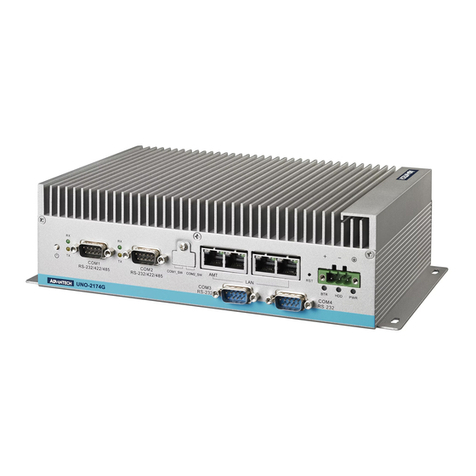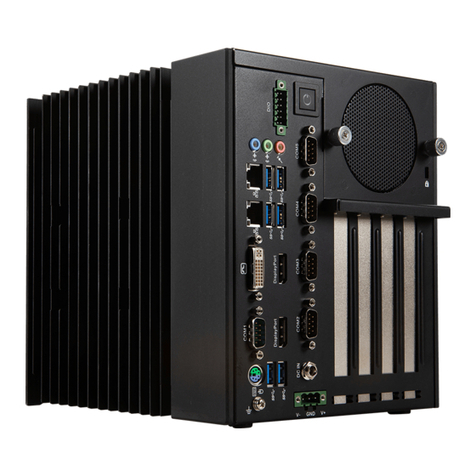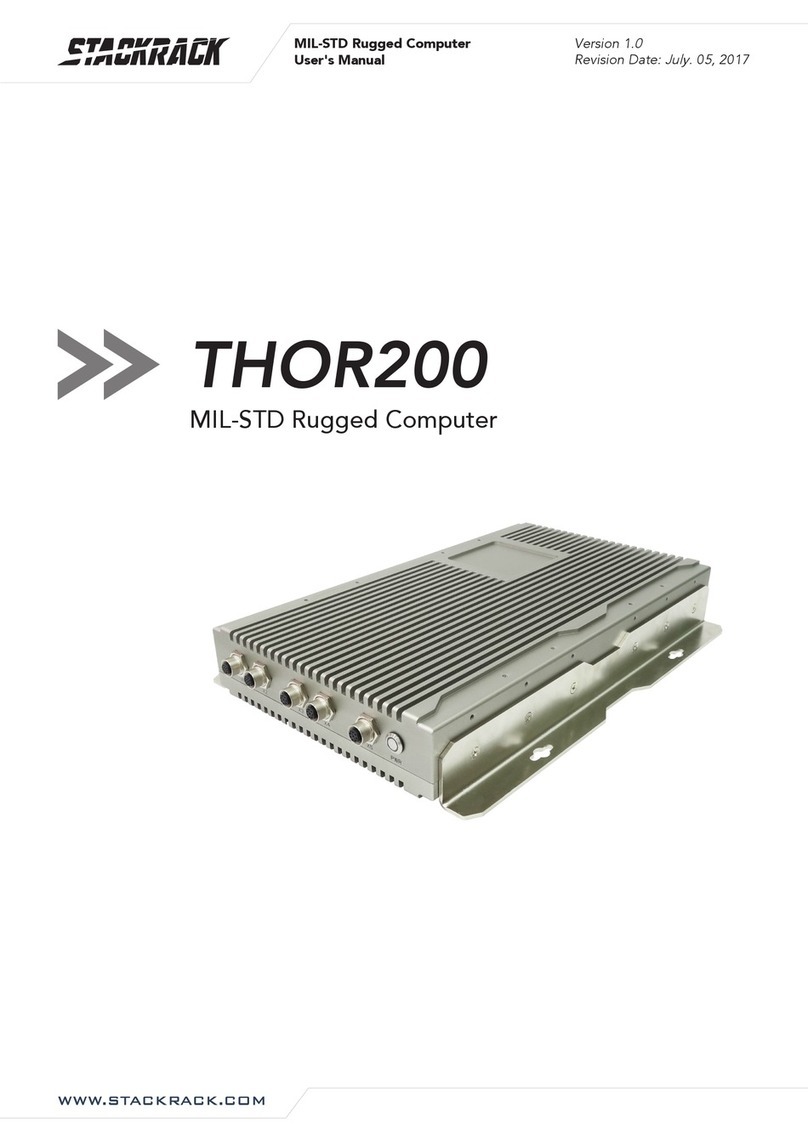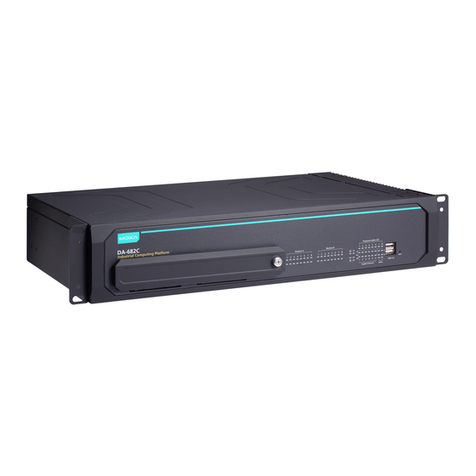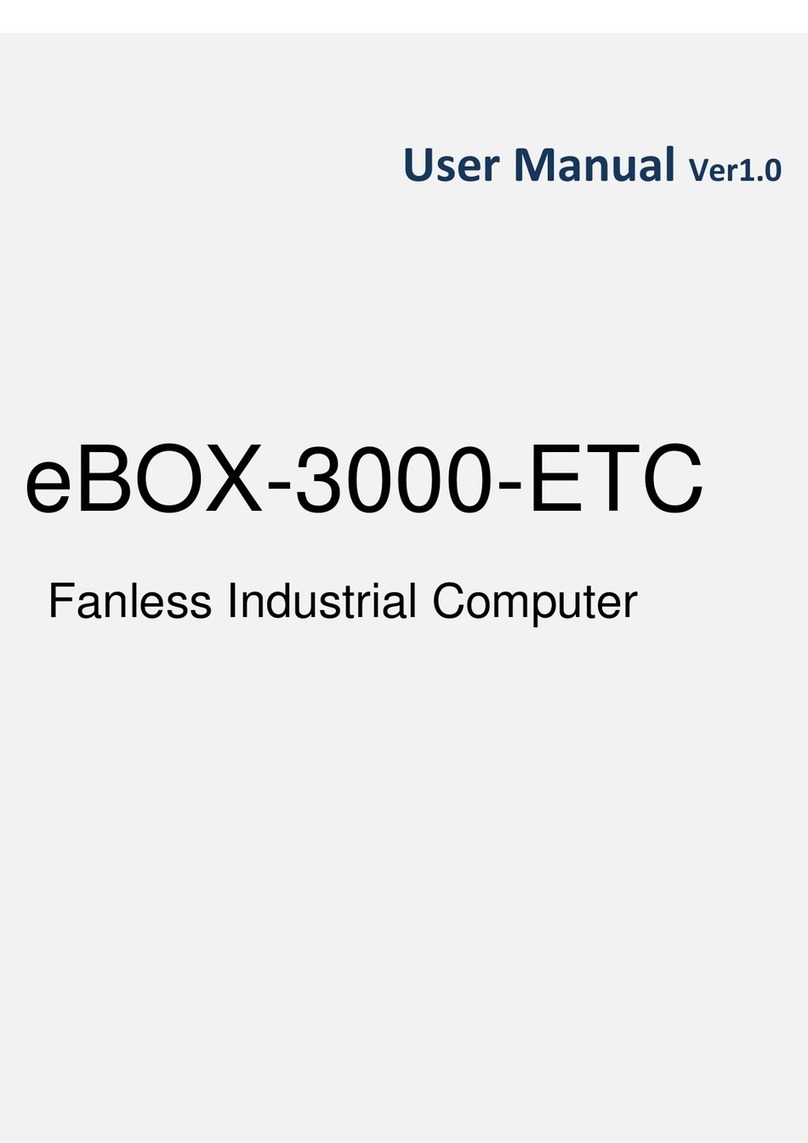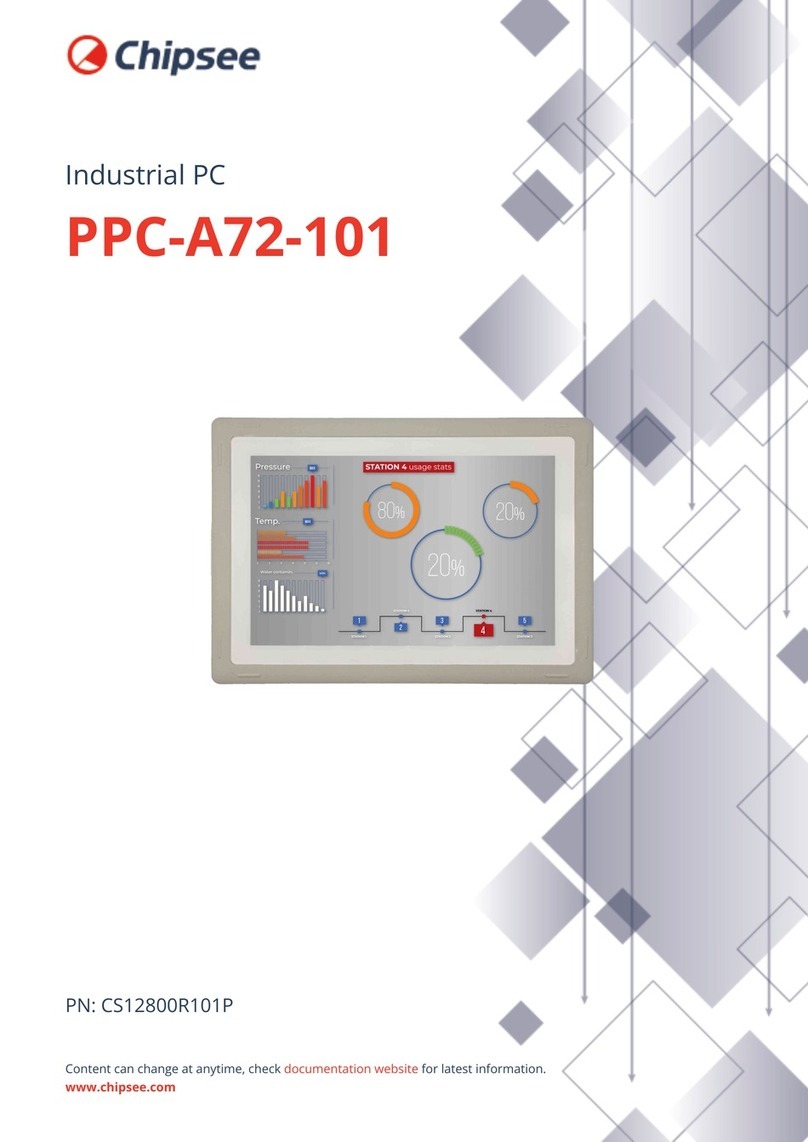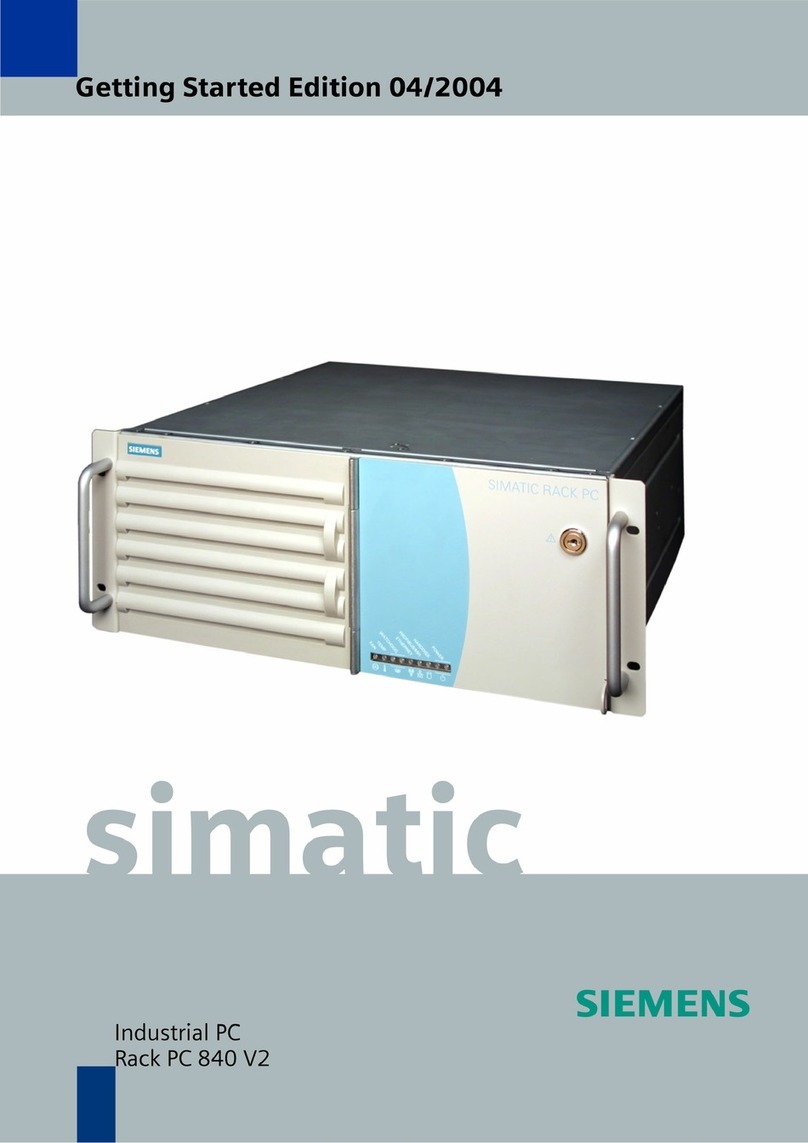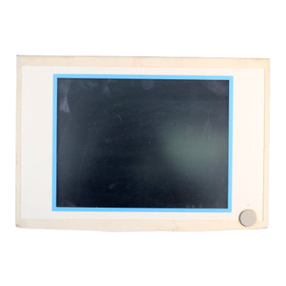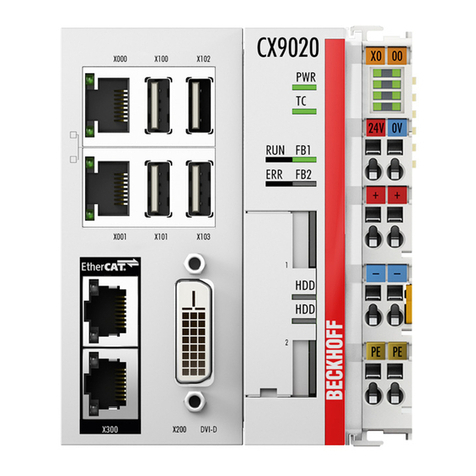
7 / 29
Installation Considerations
Our products have been designed and tested for operation in the most
demanding industrial environments. Modern solid-state industrial controls are
complex electronic equipment that operate at low levels of voltage and current,
co-existing with components that operate at much higher levels of power. The
difference in operating power characteristics between the high and low power
control devices creates the possibility of unwanted signals being generated, thus
causing interference. The interference, which is a by-product of electrical noise,
is not present at all times. However, if it appears at random and for brief periods
of time, it can cause disruptions and errors in the operation of a control system.
Enhancement of a system's noise level immunity and its tolerance to other
environmental hazards can be accomplished by following proper system
installation guidelines. The recommendations are of a general nature and
constitute good industrial installation practice.
General Environmental Considerations
Avoid installing Touch Jr. in areas where the following conditions may exist:
oEnvironmental temperatures above or below those specified by the
Touch Jr.
oProlonged exposure to humidity and liquids which may be sprayed or
splashed on the equipment
oDusty environments where airborne particles may accumulate on
equipment causing reduction of heat dissipation and reduction in
effective electrical spacing between components
oAreas with excessive vibration
oAreas with high-radiated electrical noise, such as near fields of
transmitting antennas and areas in close proximity of arc welding
stations
Physical Layout in a Control Cabinet
When possible, cabinets housing electronic equipment should be designed with
provisions for natural or forced ventilation to facilitate heat dissipation.
Observe the following rules for cabinet installation:
oHeat generating equipment (power supplies and other heat inducing
components) should be installed toward the top of the cabinet. The
lower space in the cabinet is cooler than the top area.
oInstall heat-sensitive components in the lower section.
oProvide enough space between components to allow a free flow of air
for better heat dissipation.
oProvide the maximum possible physical separation between solid state
and electromechanical controls. If possible, the electromechanical
controls (motors, starters, solenoids, etc.) should be housed separately
